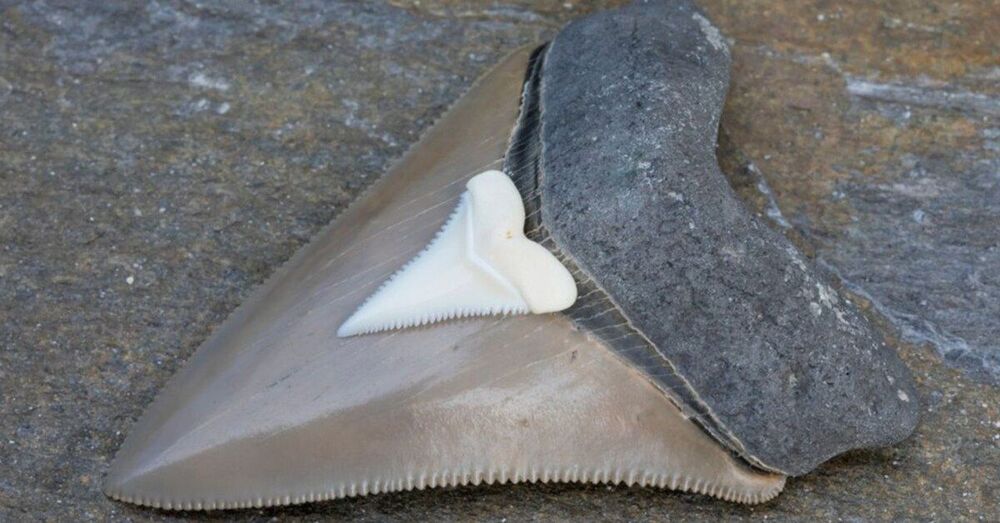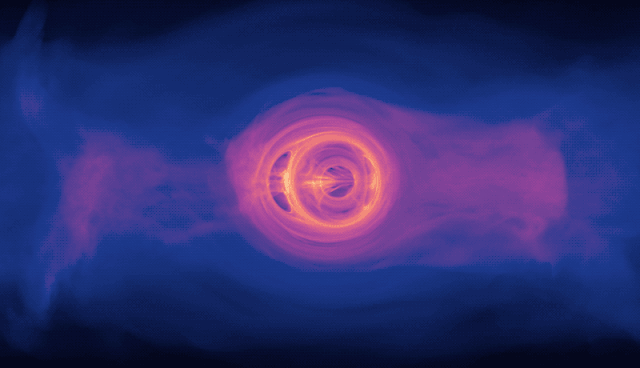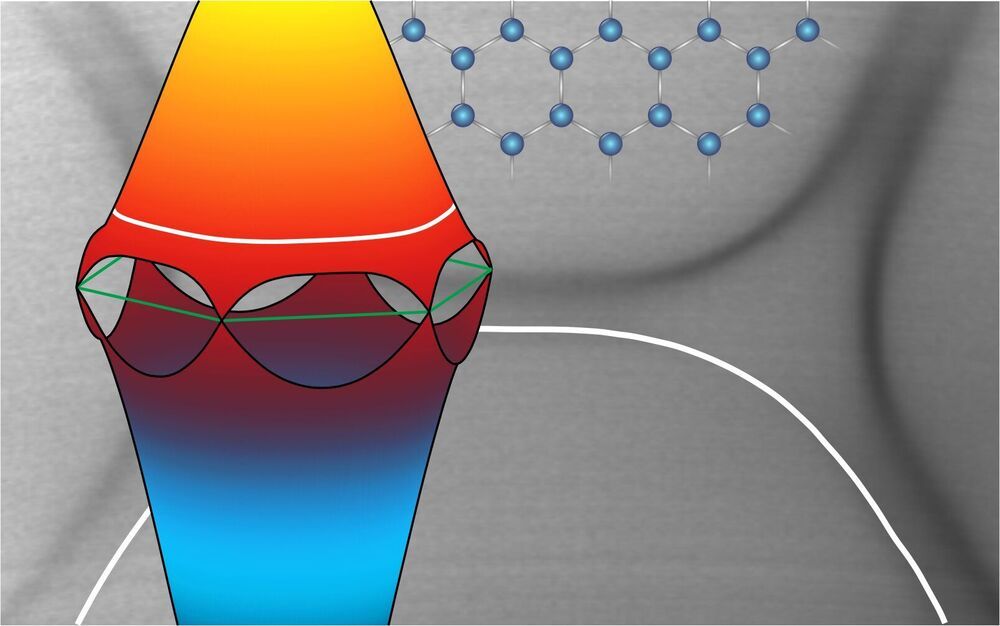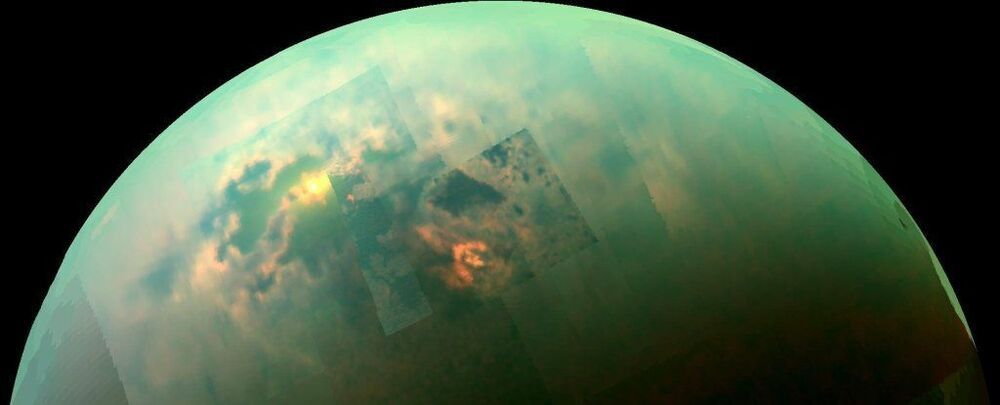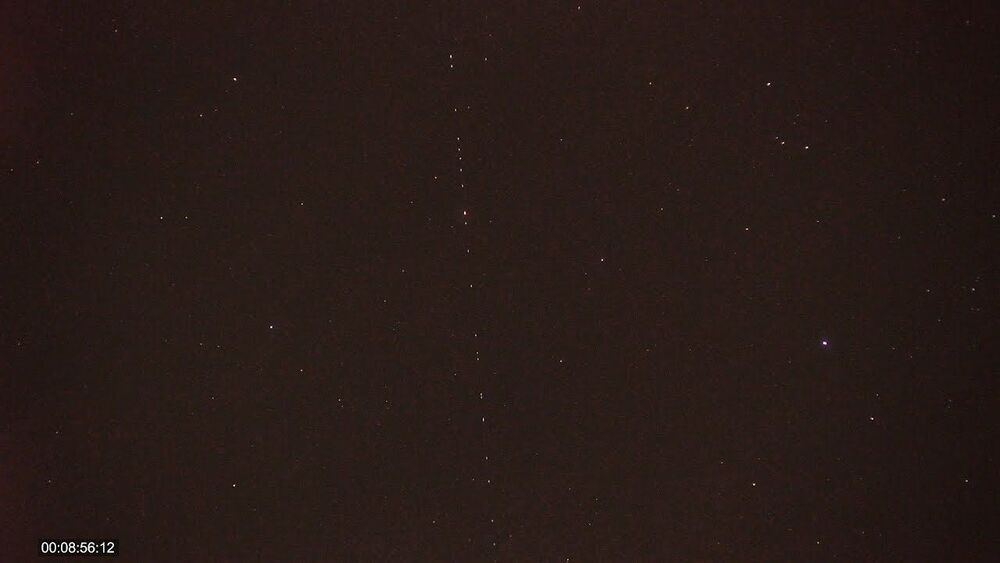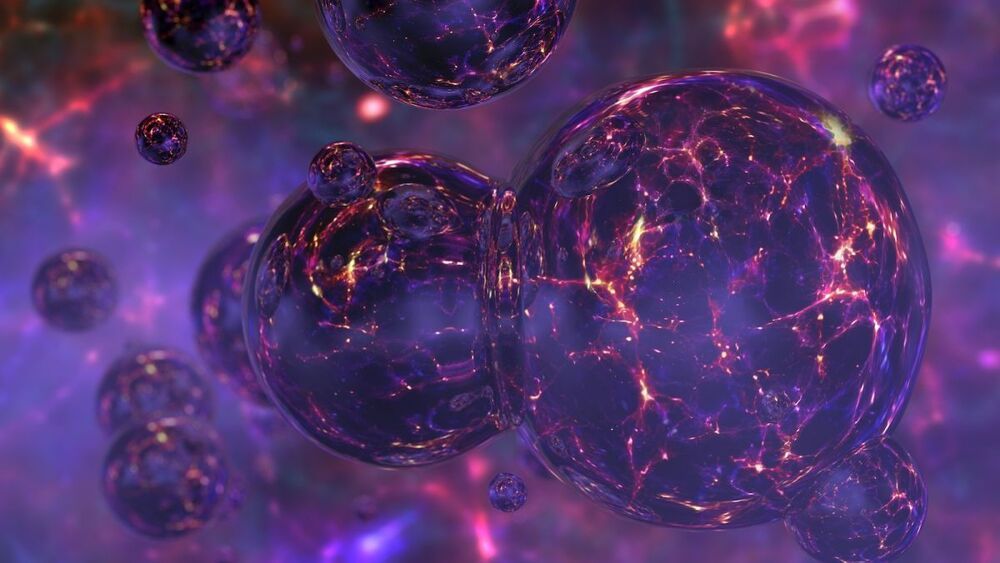Elon Musk’s SpaceX would like to further expanded testing of its Starlink satellite internet by connecting the network to aircraft.
SpaceX would like to further expand testing of its Starlink satellite internet by connecting the network to aircraft, the company revealed in a recent request to the Federal Communications Commission.
Elon Musk’s space company on Nov. 6 asked the FCC if SpaceX could add Starlink user terminals “on a Gulfstream jet for a period of up to two years.”
“SpaceX seeks experimental authority for operation of one user terminal aboard each of up to five private jets while they are on the ground at an airport, and in flight over the United States (including its territories and territorial waters),” the company wrote in the FCC filing.


